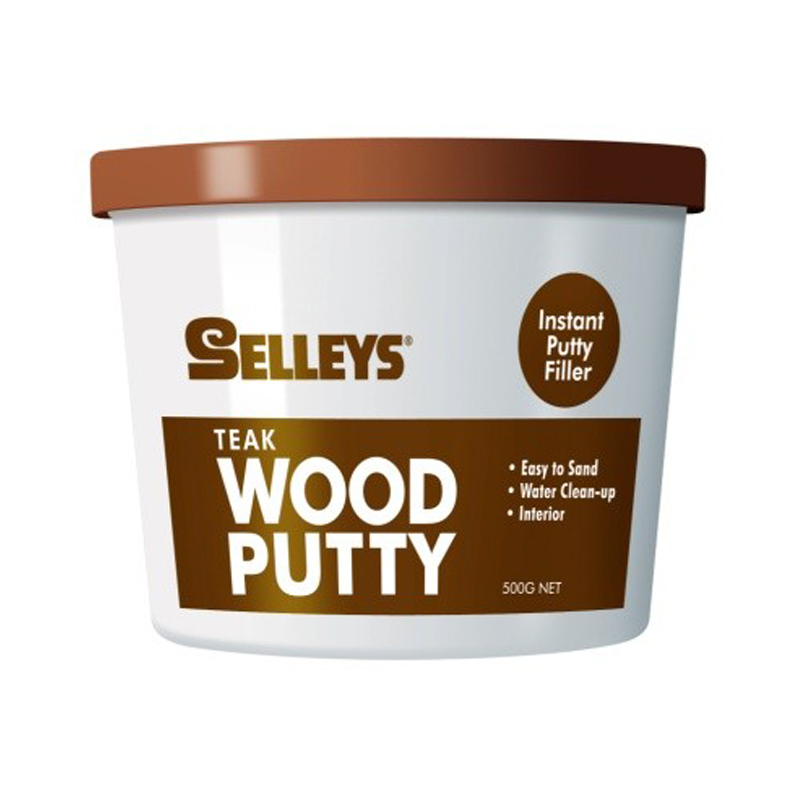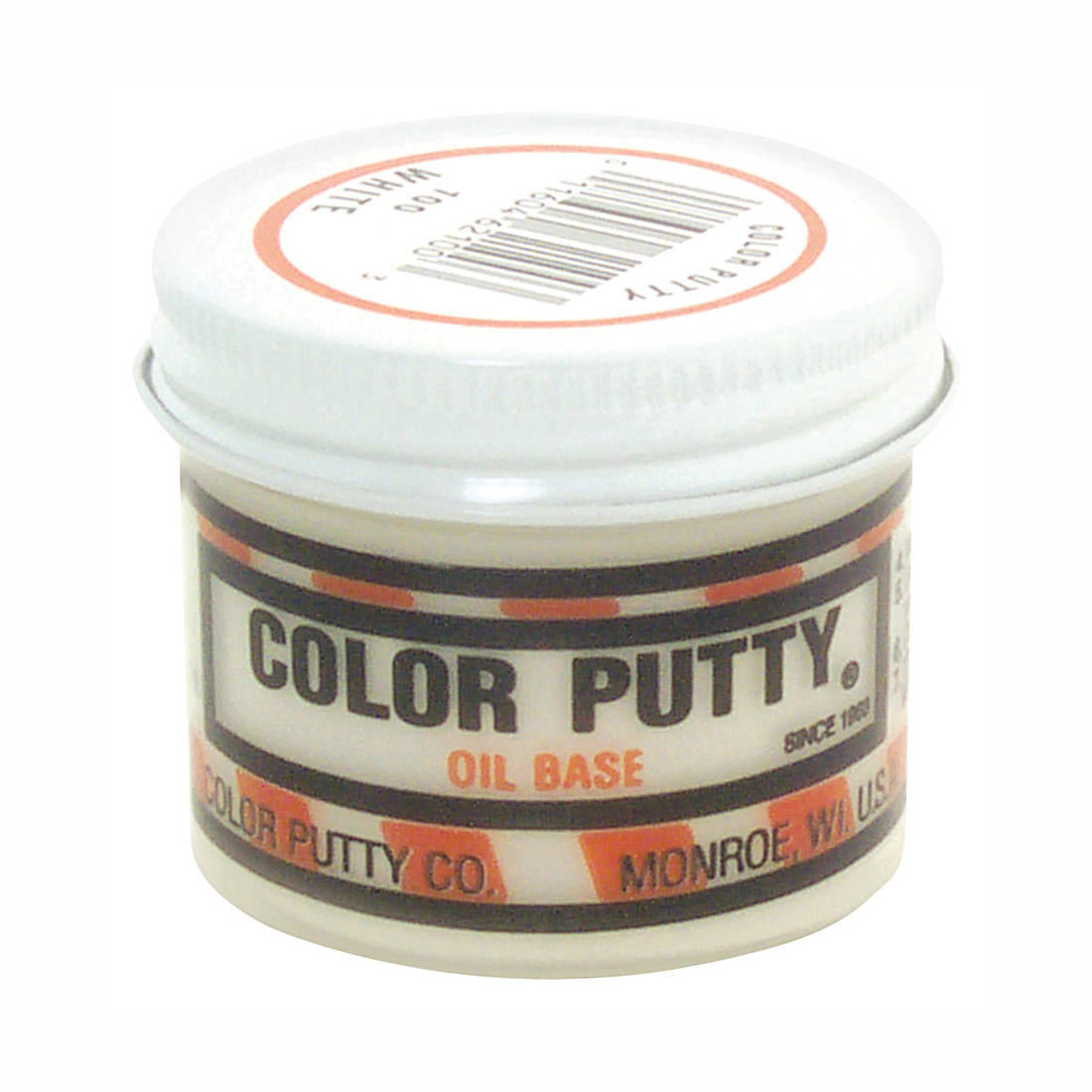

Once the mixture is smooth, add enough flour to make a thick paste.ģ. Start by mixing together equal parts of chalk powder and water in a bowl.Ģ. Plus, it dries hard so your putty will last longer.ġ. Chalk powder is a great material for making wood putty because it’s easy to find and relatively inexpensive. If you’re looking for a way to make wood putty with chalk powder, you’ve come to the right place.

#Colored wood putty how to#
Read to find good one: How Do You Match Wood Filler to Floor? How to Make Wood Putty With Chalk Powder
#Colored wood putty professional#
In just a few simple steps, you’ve repaired your hardwood floors without spending a fortune on professional repairs. Let it dry completely before walking on it or sanding it down flush with the rest of the floor.
#Colored wood putty crack#
Once mixed together well, apply the mixture into the crack or hole and smooth it out as best as possible. You can use any type of glue, but we recommend something like Gorilla Glue for its strength and durability. Once you have enough to fill the crack or hole you’re wanting to repair, mix it with an equal amount of glue. If you don’t have any on hand, you can also use wood shavings or even finely ground up coffee beans.

To start, gather up some sawdust from sanding or otherwise working with the same type of wood as your floors. All you need is some sawdust from the same type of wood as your floors, some glue, and a little bit of elbow grease. If your hardwood floors are in need of a touch-up, you can easily make your own wood filler to fill in any cracks or holes. Read to know: Can You Mix Stain With Wood Filler How to Make Wood Filler for Hardwood Floors If you’re looking for the best glue to make wood filler, look no further than PVA glue! It also produces a strong bond that will hold up over time. PVA glue is a water-based adhesive, which makes it easy to work with and clean up after use. The best type of glue to use for making wood filler is PVA glue. Some glues will produce a stronger bond than others, and some glues will be more difficult to work with than others. There are many different types of glue that can be used to make wood filler, but not all glues are created equal. It can also be used to repair damaged edges or corners. Wood filler is a great way to fill in small holes or gaps in your workpiece. One common use for glue is to make wood filler. Glue is an essential part of many woodworking projects, and it can be used for a variety of different purposes. When it comes to woodworking, there are a few key tools that every woodworker needs in their toolkit. Apply the paste to the damaged area and allow it to dry. To make the filler, simply mix together the glue, sawdust, and water until you have a thick paste. + 2 parts sawdust (from the same type of wood) You can buy wood filler at most hardware stores, but it’s easy to make your own with just a few ingredients. Wood filler is a great way to repair scratches, holes, and other damage to wood surfaces. Read: How to Make Wood Filler Look Like Wood How to Make Wood Filler Without Sawdust Your homemade wood filler will be strong and durable, and will match your project perfectly! Once dry, sand it smooth and finish as desired. Once you have a desired consistency, mix in a little bit of pigment or paint until you get your desired color.Īpply the mixture to your crack or gap using a putty knife, then allow it to dry completely. You’ll want to use more sawdust than resin, as you can always add more resin if needed but you can’t take it away once mixed. To make wood filler, start by mixing sawdust from your project’s species of wood with epoxy resin. You can make your own wood filler with sawdust from your shop for a fraction of the cost and in any color you need. There are commercial wood fillers available, but they can be expensive and may not match your project’s color scheme. Most woodworkers have probably experienced the frustration of trying to fill a small gap or crack in wood, only to have the filler fall out or be visible after the repair.


 0 kommentar(er)
0 kommentar(er)
